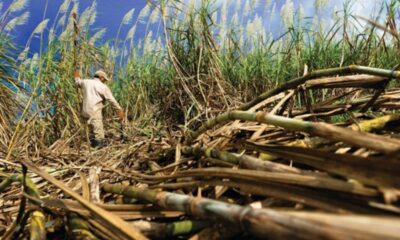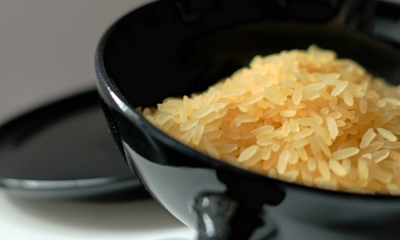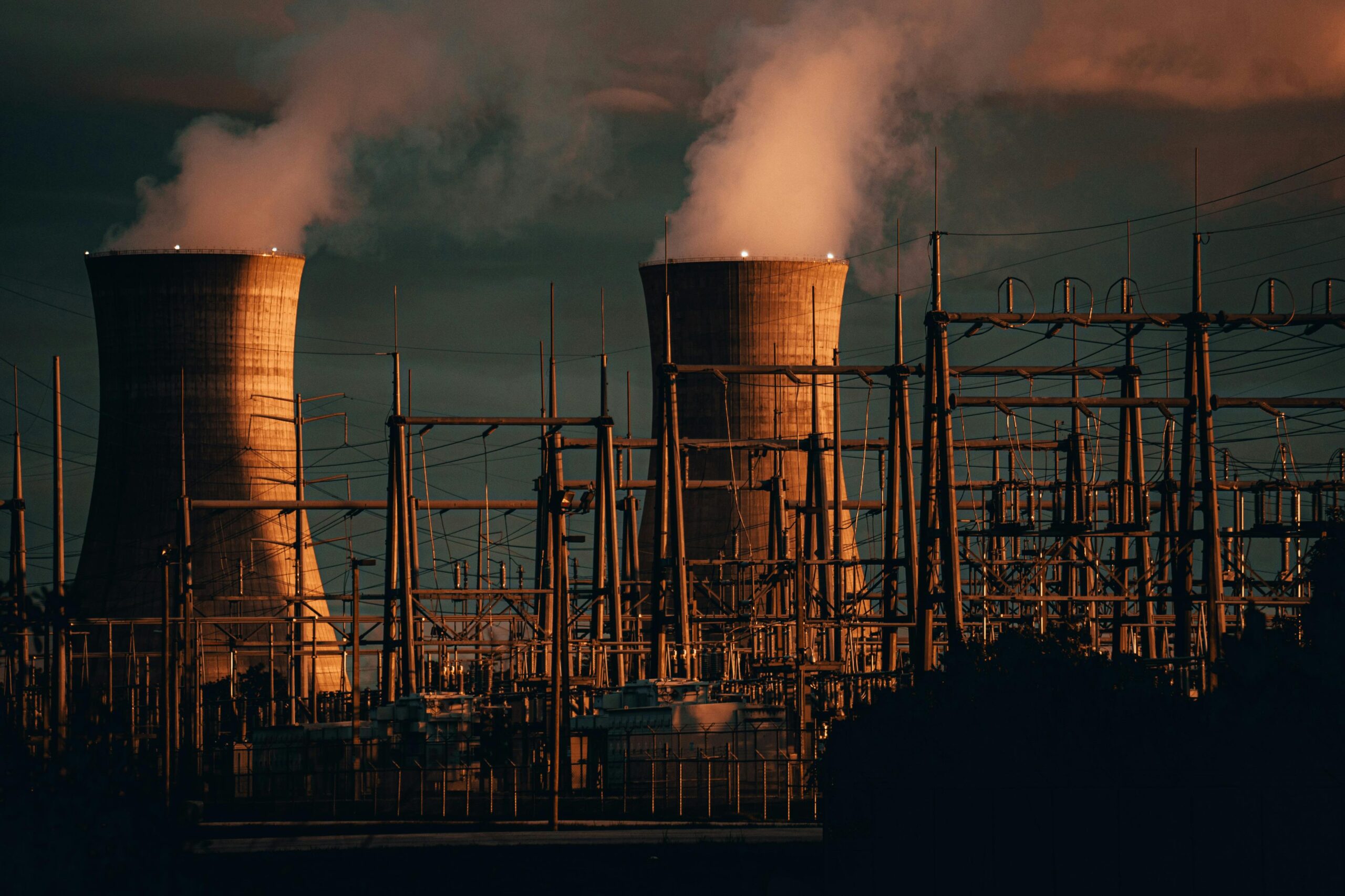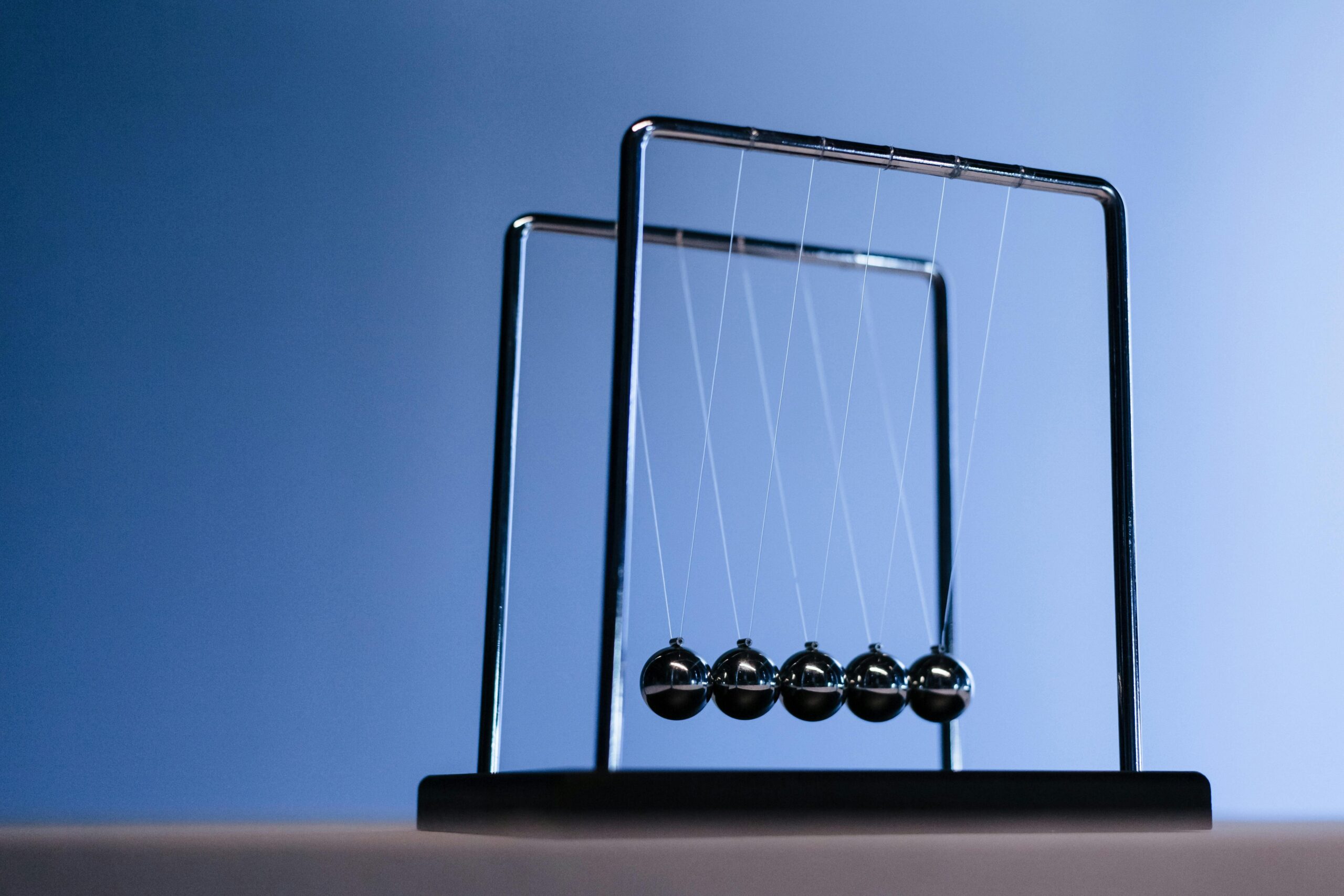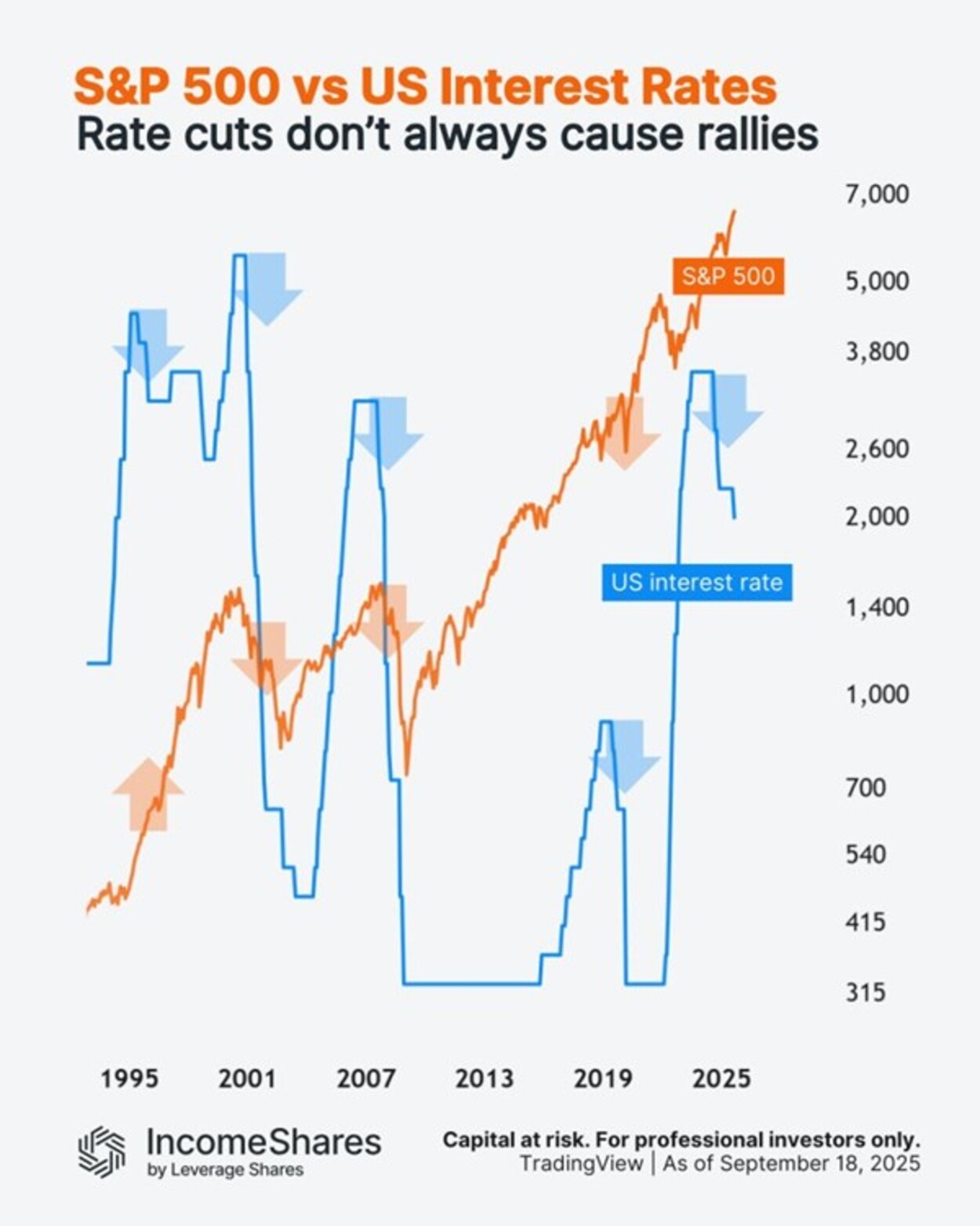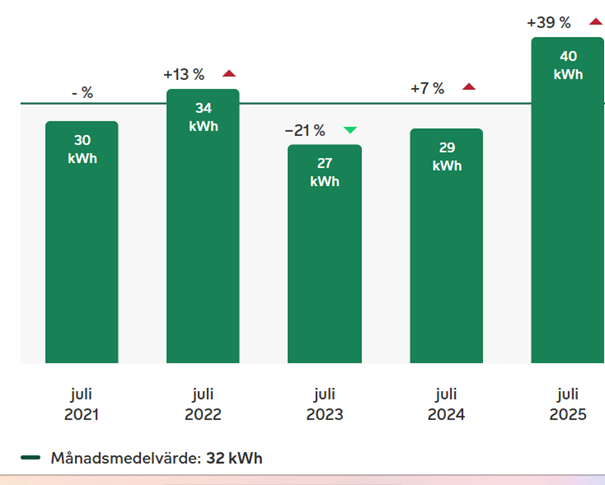ETF Securities Commodity Research – Coffee offers upside potential in a depressed soft commodity market
Summary
- Soft commodities are skirting close to their decade-lows set in 2015
- Apart from Arabica coffee, softs are likely to remain in the doldrums
- Cane sugar production is high and competition from EU beet sugar will intensify
- In the absence of a meaningful weather disruption, cocoa production will remain strong
Arabica coffee
Brazil – which accounts for about 45% of global Arabica coffee output – has just completed its 2017/18 harvest. While output was always expected to be lower than last year due to the biennial cycles present in the country, production fell significantly short due to poor weather. Output is likely to be more than 20% below 2016/17 for Brazil (-9 million 60kg bags). Hopes for a rebound in the 2018/19 coffee crop in Brazil have become dimmer as a lack of rain has hampered the flowering of coffee bushes. Although rain has now commenced, it is late and development of new nodes on coffee bushes are likely to remain inadequate.
Mexico and Central America (20% of global production) have commenced their 2017/18 harvest. So far the output from the region looks strong and we could see a 1 million bag increase in production (6%). Production in Mexico Honduras and Nicaragua seems to have improved after years of coffee leaf rust problems, although El Salvador, Guatemala, and Costa Rica are still suffering from this fungus which reduces coffee yields.
Colombia (15% of global production) is likely remain close to last year’s levels which was at a decade high. There has been 30% growth in Colombian production over the past 10 years.
Despite strong production elsewhere, a decline in Brazilian output and weakening prospects for the country this year could act as a catalyst for prices. While in previous years, Brazil has been able to sell abundant stocks from prior years during poor harvests, its stocks have fallen significantly and supply tightness will likely be felt this year.
Brazil: September 2017 rainfall (departure from average 1961-1990 levels)
Sugar
We are likely to end two years of supply deficits this year. Brazil, the largest producer of cane (22% of global production) has seen close to 6% year on year growth in sugar production in the season so far. It’s not that more sugar cane has been cultivated this year, but that more cane has been diverted to sugar production instead of ethanol production. With oil prices trading below US$60/bbl we are unlikely to see a pickup in ethanol production (ethanol is an alternative car fuel in Brazil).
India, the second largest producer of cane sugar (15%) has received heavy rainfall in recent weeks, helping to fill its reservoirs. Although the monsoon rains appeared to have slowed prematurely several weeks ago, rain came back vigorously, leaving the season’s rainfall close to normal levels. Both the area of planting and sugar yield are expected to rise increasing production by more than 15%.
Thailand, has also experienced a good monsoon season which will help it raise its cane sugar production by over 10%.
The European Union is a producer of beet sugar rather than cane sugar. However, the abolition of production and export quotas from the EU this month will mean that there will be more beet sugar available to compete with cane sugar. The EU projects that by 2026 EU sugar production will rise by 6% over 2016 levels. That appears to be an overly conservative estimate. The USDA’s EU office projects EU sugar production to rise 20% in 2017/18 alone, surpassing the 2014/15 high, while exports will rise by a third.
Under such strong supply growth, we don’t see sugar prices making a recovery.
Cocoa
The 2016/17 cocoa year has just completed with an 18% growth in production over the previous year. Milder Harmattan winds this year have significantly reduced crop damage in Africa (where 70% of the world’s cocoa comes from). Stocks have risen 26% over the year, increasing the stocks to grinding ratio from 34% in 2015/16 to 42% in 2016/17.
The main crop harvests commence this month in the largest producing countries (Cote d’Ivoire and Ghana). Weather conditions have so far been perfect indicating we are likely to see another surplus year in 2017/18.
On the demand side, grinding data has been stagnant. Despite weak prices, confectionary companies don’t appear to have reversed the thrifting of cocoa they pursued in previous years when prices were higher.
La Niña risks
The US National Oceanic and Atmospheric Administration has increased its probability of a La Niña weather pattern emerging this northern hemisphere winter to 55-60%. However, if the event occurs it is unlikely to change our view of price direction considerably. The weather pattern is likely to be weak if it emerges at all. If anything we expect that dryness in Brazil will continue to hamper the flowering and budding process for coffee (which will continue to be price positive).Dryness in Brazil could promote the gains in sucrose content of cane if accompanied by more sunlight, raising the yield for Brazilian sugar (remaining price negative).
Coolness in West Africa could reduce heat damage, helping to sustain high yields (price negative). But we caution that previous La Ninas have not consistently been production-positive for the crop. According to the International Cocoa Organisation, while El Niños have a statistically significant positive effect on output, La Niña’s positive effects on output fail to be statistically significant.
For more information contact:
Catarina Donat Marques
ETF Securities (UK) Limited
T +44 20 7448 4386
E catarina.donatmarques@etfsecurities.com
Important Information
This communication has been issued and approved for the purpose of section 21 of the Financial Services and Markets Act 2000 by ETF Securities (UK) Limited (“ETFS UK”) which is authorised and regulated by the United Kingdom Financial Conduct Authority (the “FCA”).

 Nyheter3 veckor sedan
Nyheter3 veckor sedan
 Nyheter4 veckor sedan
Nyheter4 veckor sedan
 Nyheter4 veckor sedan
Nyheter4 veckor sedan
 Nyheter4 veckor sedan
Nyheter4 veckor sedan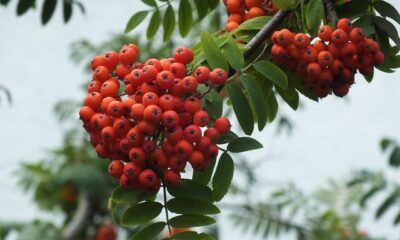
 Nyheter2 veckor sedan
Nyheter2 veckor sedan
 Nyheter4 veckor sedan
Nyheter4 veckor sedan
 Nyheter2 veckor sedan
Nyheter2 veckor sedan
 Nyheter4 veckor sedan
Nyheter4 veckor sedan


